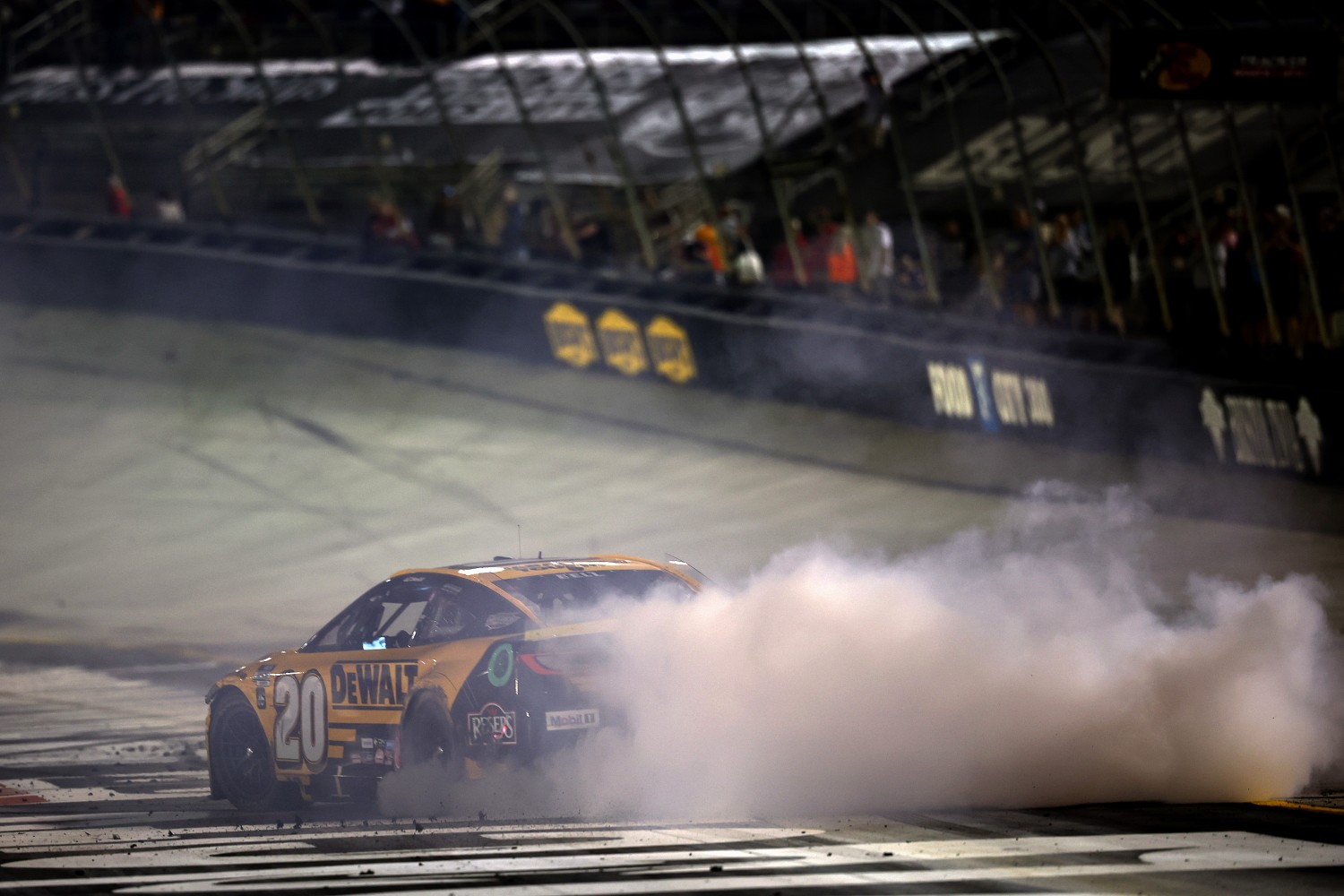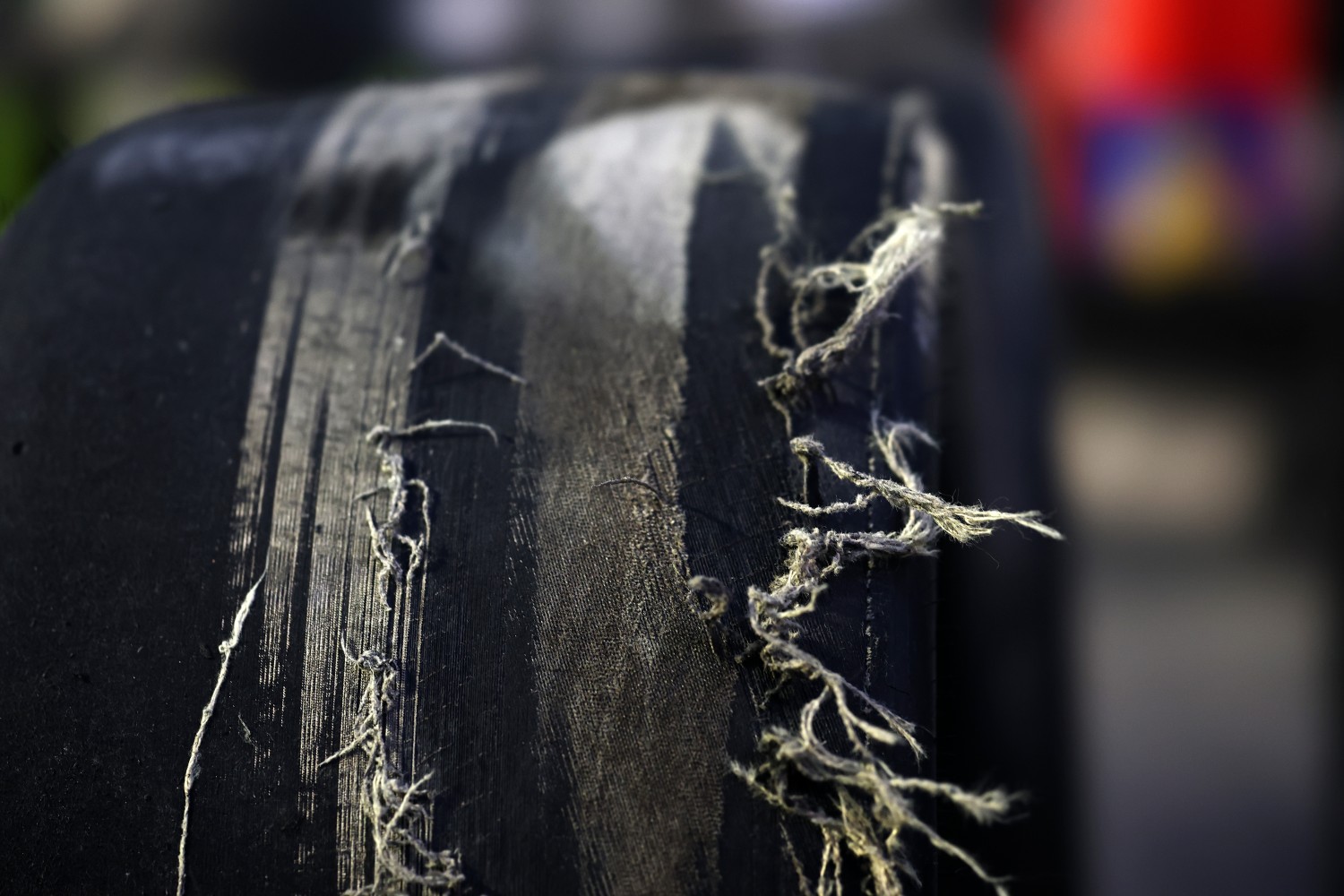NASCAR News: How did Goodyear’s Bristol tire experiment work – a review
Goodyear’s bold experiment with a softer right-side tire transformed Saturday’s Bass Pro Shops Night Race at Bristol Motor Speedway into a tire-management gauntlet, delivering one of the most dynamic races in the track’s storied history.
–by Mark Cipolloni–
Related Article: NASCAR: Bristol’s High-Stakes Gamble: Goodyear’s Untested Softer Tires Add Wildcard Edge to Playoff Elimination
Introduced to increase tire wear and shift race outcomes to driver skill and team strategy, the new tire exceeded expectations, producing 36 lead changes—third-most ever at Bristol—and 14 cautions, the most since 2020. The “Last Great Colosseum” lived up to its nickname, with the tire’s performance creating a thrilling, unpredictable Round of 16 elimination race in the 2025 NASCAR Cup Series Playoffs.
The softer compound, designed to degrade faster than standard tires, aimed to make tire management a central factor, forcing teams to balance speed with longevity. During Friday’s practice, warmer temperatures near 80 degrees allowed drivers to run up to 60 consecutive laps without significant wear. However, Saturday night’s cooler conditions, with ambient temperatures in the high 60s, combined with the softer tire to create a perfect storm of degradation.
“The temperature dropped to the threshold, and we got a tire-wear race,” said runner-up Brad Keselowski. “A five-degree swing in track temp changed everything. It felt like Bristol from 1995—bump-and-run passes, the bottom lane dominant. The tire worked.”
Goodyear’s Global Race Tire Operations Manager, Justin Fantozzi, confirmed the tire performed as intended, mirroring the high-wear conditions of Bristol’s March 2024 race. “The cooler temps brought back what we saw 18 months ago,” Fantozzi told NASCAR.com.
“The tire behaved exactly as it should.” The severe wear caught teams off guard, with drivers reporting significant tire degradation as early as Lap 25. Christopher Bell, who surged to victory on a restart with four laps left, noted the race felt “identical” to March 2024, despite the softer compound. “It was supposed to induce more wear, but it raced the same,” Bell said.

Crew chiefs faced a steep challenge adapting to the unexpected tire wear. Adam Stevens, Bell’s crew chief, admitted he anticipated a typical Bristol race where track position dominated. “I’d have bet my house on it,” Stevens said.
“By Lap 25, guys were slipping and sliding, coming in early with no rubber left.” The tire’s impact was so pronounced that Goodyear allocated an additional set of tires mid-race, a move Zane Smith’s crew chief, Ryan Bergenty, called “darn near 100% necessary.”
Ryan Blaney’s crew chief, Jonathan Hassler, noted that while they could have managed without the extra set, it alleviated pressure, with NASCAR’s added pace laps helping teams conserve rubber.
The tire’s degradation reshaped race dynamics, rewarding quick thinking and adaptability. Blaney, finishing fourth, relied on Hassler’s real-time updates to manage tire wear. “Good drivers know which tire they’re hurting,” Hassler told NASCAR.com.
“We let Ryan know how long the tires were lasting, and he adjusted his pace.” Keselowski, who led 201 laps but settled for second after a failed bump-and-run on Bell, praised the tire for creating a race where strategy and passing were paramount. “It was a really good race because of the tire wear,” he said.
The tire’s influence extended to Playoff contenders fighting for survival. Alex Bowman, one of four drivers eliminated, ran up front but struggled on restarts, exacerbated by the need to preserve tires during the race’s 14 cautions.
Chase Elliott, who crashed out but advanced on points, noted that tire wear didn’t drastically change driving style but required adjustments based on track position. “In the back, you push less than up front,” Elliott said, cautioning that teams could adapt setups to mitigate wear if the tire returns. “If they knew this wear was coming, you’d see a different race. Don’t blame the tire yet.”
Goodyear’s gamble paid off, delivering a race that tested man and machine, with tire strategy dictating outcomes. The chaotic, wear-driven spectacle cemented Bristol’s status as a Playoff wildcard, leaving drivers and teams to wonder if similar conditions will align in future races.
As the NASCAR Cup Series heads to the Round of 12 at New Hampshire Motor Speedway on Sunday, Goodyear’s experiment has set a new benchmark for thrilling, strategy-driven racing.
